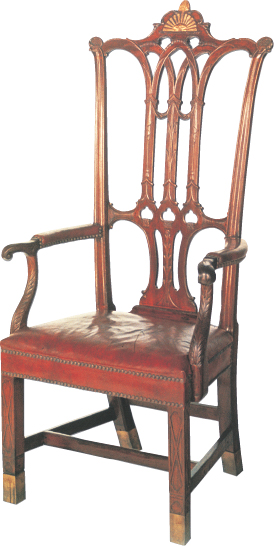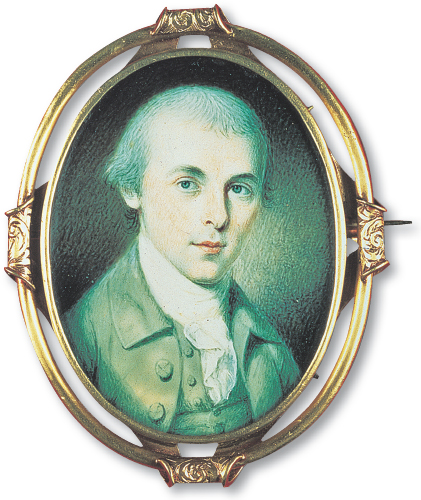Building a Republic, 1775–1789

Printed Page 188 Chapter Chronology
Building a Republic, 1775-1789

QUICK START
Quickly learn what is important in this chapter by doing the following:
- READ the Chapter Outline to see how the chapter is organized.
- SKIM the Chronology to see what will be covered.
When you are ready, download the Guided Reading Exercise, then read the chapter and the Essential Questions for each section and complete the Guided Reading Exercise as you go. Then use LearningCurve and the Chapter Review to check what you know.
James Madison graduated from Princeton College in New Jersey in 1771, undecided about his next move. Returning to his wealthy father's plantation in Virginia held little appeal. He much preferred the pleasures of books to farming. Fluent in Greek, Latin, French, and mathematics, he enjoyed reading and discussing the great thinkers, both ancient and modern. So he stayed in Princeton as long as he could.
In 1772, he returned home, still adrift. He tried studying law, but his unimpressive oratorical talents discouraged him. Instead, he swapped reading lists and ideas about political theory by letter with a Princeton classmate. While Madison struggled for direction, the powerful winds before the storm of the American Revolution swirled through the colonies. A trip north to deliver his brother to boarding school put Madison in Philadelphia just as news broke that Britain had shut down the port of Boston. Turbulent protests over the Coercive Acts turned the young man into a committed revolutionary.
Back in Virginia, Madison joined his father on the committee of public safety. Enthused, he took up musket practice, but he proved a poor shot. Realizing that his keen study of history and political theory was useful, he gained election in 1776 to the Virginia Convention, a new Revolutionary assembly. The convention's main task was to hammer out a state constitution with innovations such as frequent elections and limited executive power. Shy and still learning the ropes, Madison mostly stayed on the sidelines, but Virginia's elder statesmen noted his thoughtful contributions. When his county failed to reelect him, he was appointed to the governor's council and spent the next two years rapidly gaining political experience.

In 1780, Madison represented Virginia in the Continental Congress. Twenty-eight, single, and supported by family money, he was free of the burdens that made distant political service difficult for older married men. His three years in Philadelphia acquainted him with a network of leading revolutionaries and a thorny bundle of governance problems arising from the chaotic economy and the precarious war effort. In one crisis, Madison's negotiating skills proved crucial: He broke the deadlock over the ratification of the Articles of Confederation by arranging for the cession of Virginia's vast western lands, lands that became the Northwest Territory. But more often, service in the congress frustrated Madison because the central government seemed to lack essential powers, chief among them the power to tax.
Madison resumed a seat in the Virginia assembly in 1784. But he did not retreat to a local point of view as so many other state politicians did. The economic hardships created by heavy state taxation — which in Massachusetts led to a full-fledged rebellion against state government — spurred Madison to pursue means to strengthen the new national government.
Madison took the lead in organizing a convention in May 1787, where delegates completely rewrote the structure of the national government, investing it with considerably greater powers. True to form, Madison spent the months before that Philadelphia meeting in feverish study of the great thinkers he had read in college, seeking the best way to constitute a government on republican principles. His lifelong passion for scholarly study, seasoned by a dozen years of energetic political experience, paid off handsomely. The United States Constitution was the result.
By the end of the 1780s, James Madison had had his finger in every kind of political pie on the local, state, confederation, and finally national level. He even managed to observe the first U.S.–Indian treaty negotiations carried out in 1784. He had transformed himself from a directionless and solitary youth into one of the leading political thinkers of the Revolutionary period. His personal history over the 1780s was deeply entwined with the path of the emerging United States.